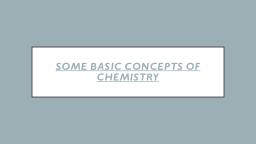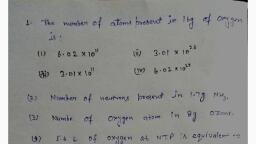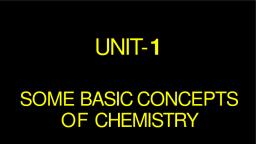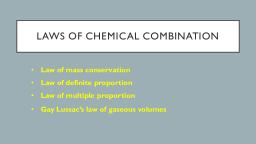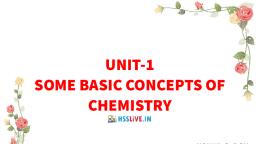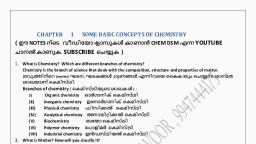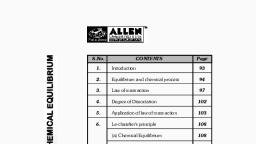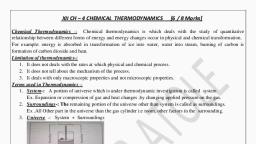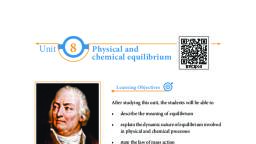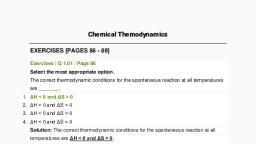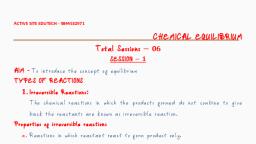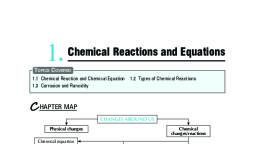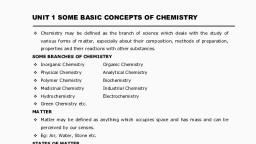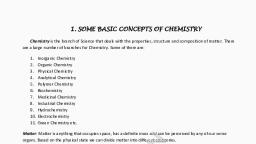Page 1 :
LAWS OF CHEMICAL COMBINATION, • Law of mass conservation, • Law of definite proportion, • Law of multiple proportion, • Gay Lussac’s law of gaseous volumes
Page 2 :
LAW OF MASS CONSERVATION, It was given by Lovoisier., “Mass is neither created nor destroyed in a physical or chemical, change, But it can change from one form to another.”, OR, “The total mass of the products obtained in a physical or chemical, change is always equal to the total mass of reactants.”, , Total Mass of reactants = Total mass of products, Example :
Page 4 :
Questions 1 :, 10gm of CaCO3 on heating gives 4.4gm of CO2 then determine, weight of CaO., , According to Law of mass conservation, Mass of reactants = Mass of products
Page 6 :
LAW OF DEFINITE PROPORTION, According to Proust, “whichever source a compound is obtained from,, the ratio of the elements in it by mass is always constant.”, , Example : The Mass wise ratio of H and O in water is always 1:8
Page 7 :
LAW OF MULTIPLE PROPORTION, This law was given by Dalton, According to this law if two elements combine to form more than one, compound then the different mass of one element which combine with, fixed mass of other element bear a simple ratio to one another.
Page 8 :
For Example :
Page 9 :
GAY LUSSAC’S LAW OF GASEOUS VOLUMES, According to the law, the ratio between the volumes of the gaseous, reactants and the products is expressed in simple whole number at, the same temp. and pressure.
Page 10 :
For Example :, , H2(g), , +, , 1 Volume, , Cl2(g), , →, , 1 Volume, , 2HCl(g), 2 Volume, , Ratio of gaseous reactants and products = 1:1:2, , N2(g), 1 Volume, , +, , 3H2(g), , →, , 3 Volume, , Ratio of gaseous reactants and products = 1:3:2, , ( in simple ratio), , 2NH3(g), 2 Volume, ( in simple ratio)
Page 12 :
For the gaseous reaction :H2(g) + Cl2(g) → 2HCl(g). If 40 mL of hydrogen, completely reacts with chlorine then find out the required volume of Chlorine &, volume of produced HCl(g) ?
